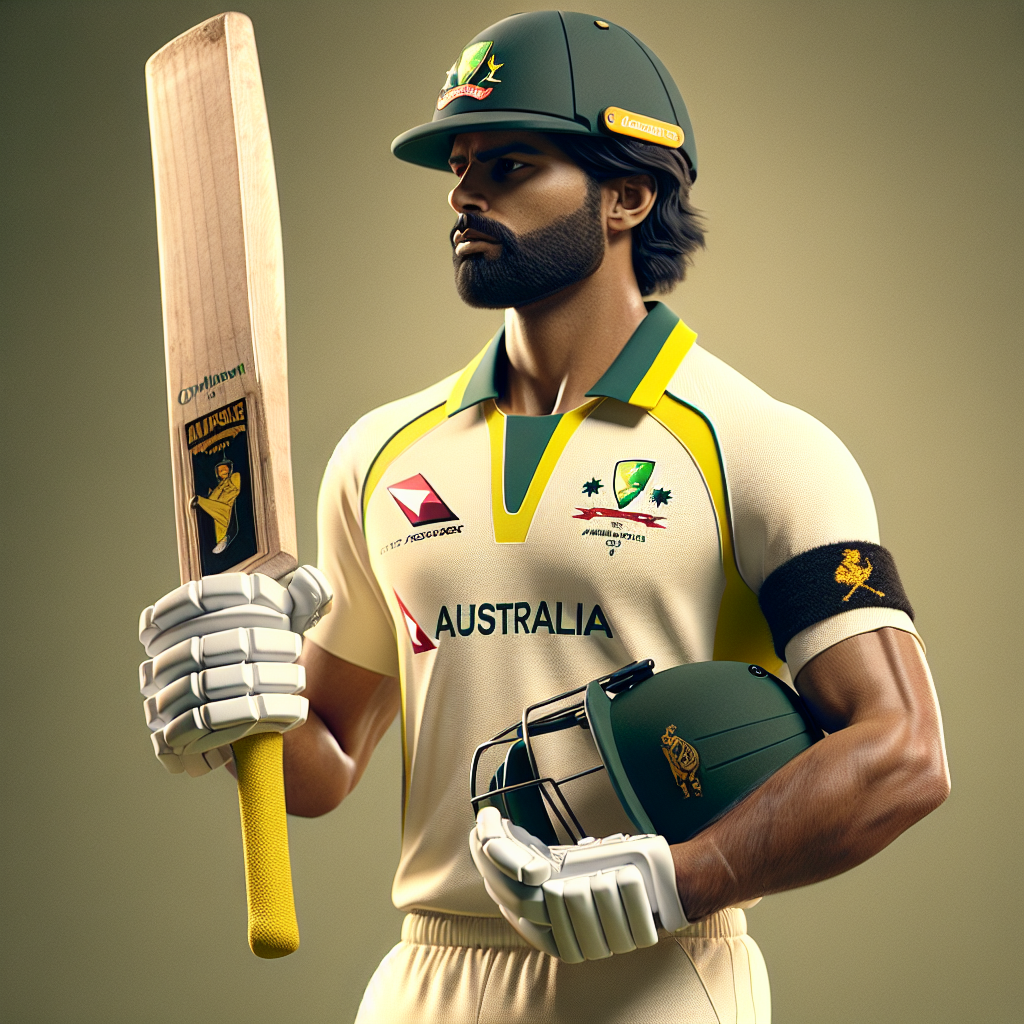Australia Vice Captain: A Pillar of Leadership in Cricket

In the world of cricket, leadership is a crucial element that can make or break a team’s performance. While the captain often takes the spotlight, the role of the vice captain is equally significant. In Australian cricket, the vice captain has historically played a pivotal role in shaping the team’s strategy, morale, and success. This article delves into the responsibilities, challenges, and impact of the vice captain in Australian cricket, providing insights into how this role has evolved over the years.
The Role of the Vice Captain
The vice captain in cricket is more than just a deputy to the captain. This role involves a range of responsibilities that are critical to the team’s success. The vice captain must be ready to step into the captain’s shoes at any moment, making it essential for them to possess strong leadership qualities and a deep understanding of the game.
Key Responsibilities
- Supporting the Captain: The vice captain assists the captain in decision-making processes, offering insights and alternative strategies during matches.
- Team Morale: Maintaining team spirit and motivation is a crucial part of the vice captain’s role, especially during challenging times.
- On-field Leadership: The vice captain often takes charge of field placements and bowling changes, particularly when the captain is not on the field.
- Mentorship: Acting as a mentor to younger players, the vice captain helps in nurturing future leaders within the team.
Historical Context: Evolution of the Vice Captaincy in Australia
The role of the vice captain in Australian cricket has evolved significantly over the years. Historically, the position was often seen as a stepping stone to the captaincy. However, in recent times, it has become a standalone role with its own set of responsibilities and expectations.
Notable Vice Captains in Australian Cricket
Several vice captains have left a lasting impact on Australian cricket. Here are a few notable examples:
- Adam Gilchrist: Known for his aggressive batting and exceptional wicketkeeping, Gilchrist served as vice captain under Steve Waugh and Ricky Ponting. His leadership was instrumental in Australia’s dominance in the early 2000s.
- Shane Warne: Although Warne never captained Australia in Test cricket, his role as vice captain was crucial. His tactical acumen and ability to read the game made him a valuable asset to the team.
- David Warner: Warner’s tenure as vice captain was marked by his aggressive playing style and leadership on the field. Despite controversies, his contributions to the team were significant.
Challenges Faced by the Vice Captain
Being a vice captain is not without its challenges. The role demands a delicate balance between supporting the captain and asserting one’s own leadership style. Here are some common challenges faced by vice captains:
Balancing Act
The vice captain must strike a balance between being a supportive deputy and an independent leader. This requires excellent communication skills and the ability to manage relationships within the team.
Pressure and Expectations
The expectations placed on a vice captain can be immense. They are expected to perform consistently, both as a player and a leader, which can be a significant source of pressure.
Handling Controversies
Cricket, like any other sport, is not immune to controversies. The vice captain often plays a key role in managing these situations, ensuring that the team’s focus remains on the game.
Case Study: The Impact of Vice Captaincy on Team Performance
To understand the impact of vice captaincy on team performance, let’s examine a case study from recent Australian cricket history.
The 2019 Ashes Series
During the 2019 Ashes series, Australia faced a formidable England team. Pat Cummins, serving as vice captain, played a crucial role in Australia’s success. His leadership on the field, particularly in managing the bowling attack, was instrumental in Australia retaining the Ashes.
- Strategic Decisions: Cummins’ ability to make quick, strategic decisions helped Australia maintain pressure on England’s batsmen.
- Team Morale: His positive attitude and encouragement kept the team’s morale high, even during challenging phases of the series.
- Performance Under Pressure: Cummins led by example, delivering match-winning performances with the ball.
The Future of Vice Captaincy in Australian Cricket
As Australian cricket continues to evolve, so too will the role of the vice captain. With the increasing emphasis on leadership development, the vice captaincy is likely to become even more integral to the team’s success.
Emerging Leaders
Australia is nurturing a new generation of cricketers who are poised to take on leadership roles. Players like Travis Head and Alex Carey have shown potential to step into the vice captaincy role in the future.
Adapting to Modern Cricket
The modern game demands adaptability and innovation. The vice captain will need to embrace new strategies and technologies to stay ahead of the competition.
Conclusion
The role of the vice captain in Australian cricket is one of immense responsibility and influence. From supporting the captain to leading by example, the vice captain is a cornerstone of the team’s leadership structure. As the game continues to evolve, the vice captaincy will remain a critical component of Australia’s cricketing success. By understanding the challenges and opportunities associated with this role, we can appreciate the significant impact that vice captains have on the team’s performance and legacy.

